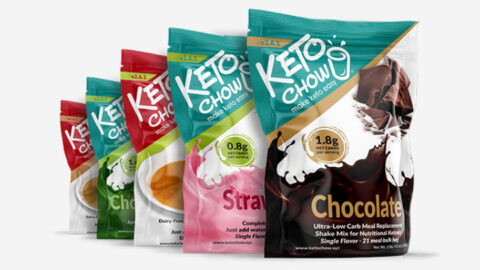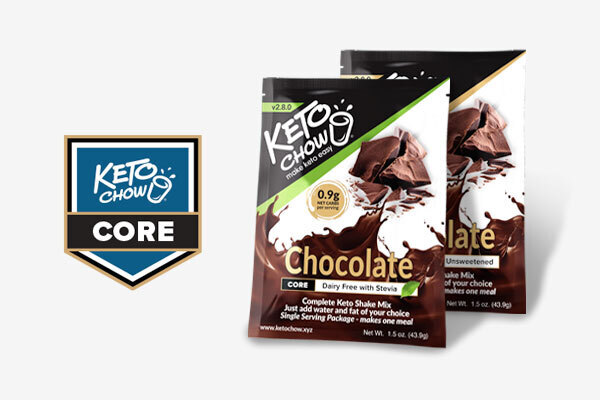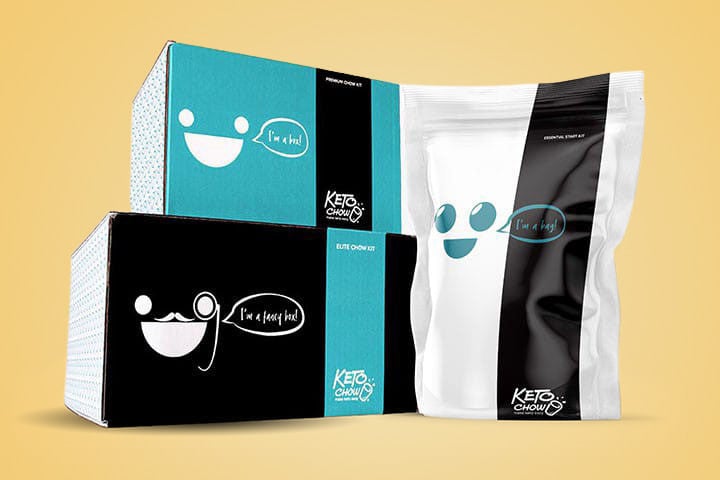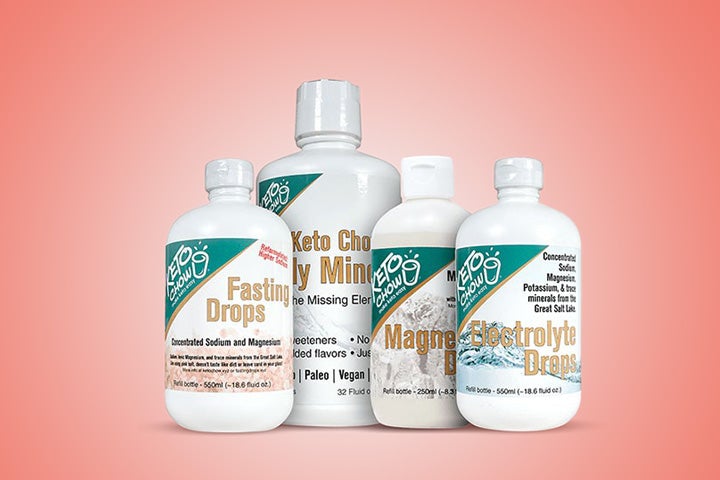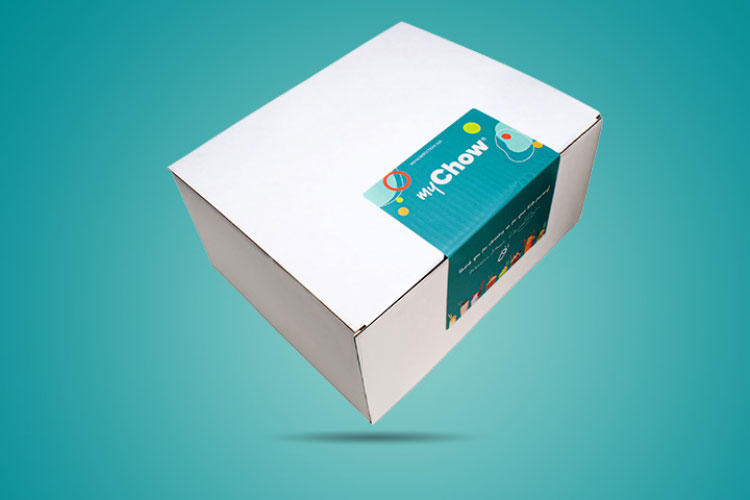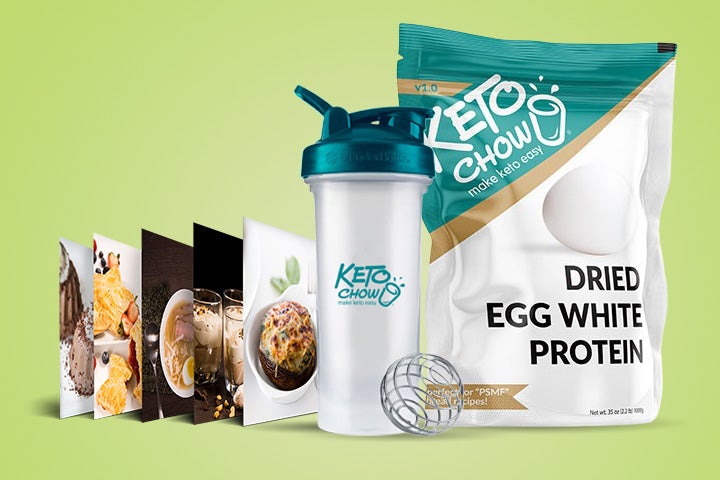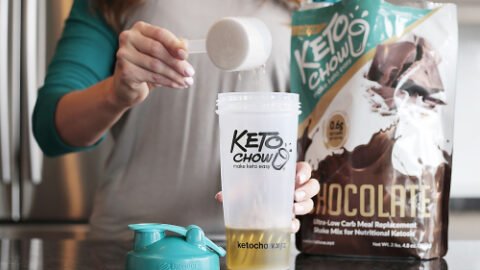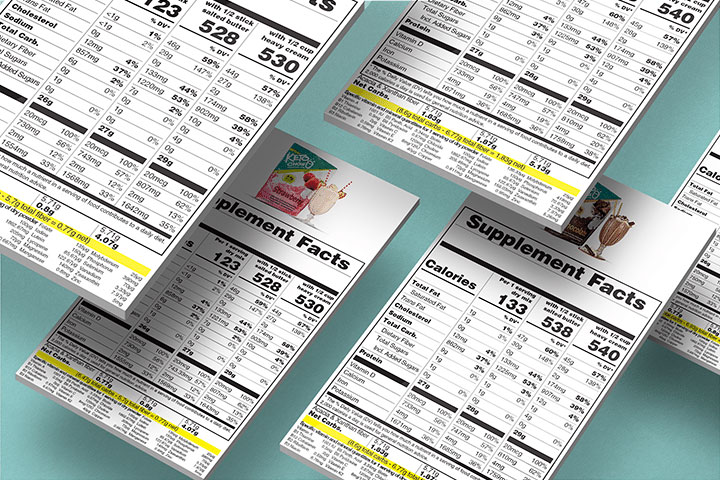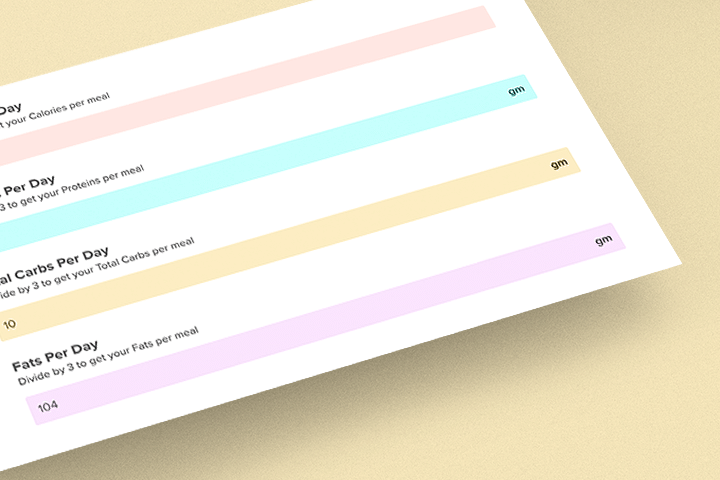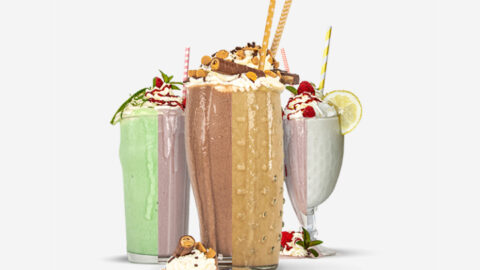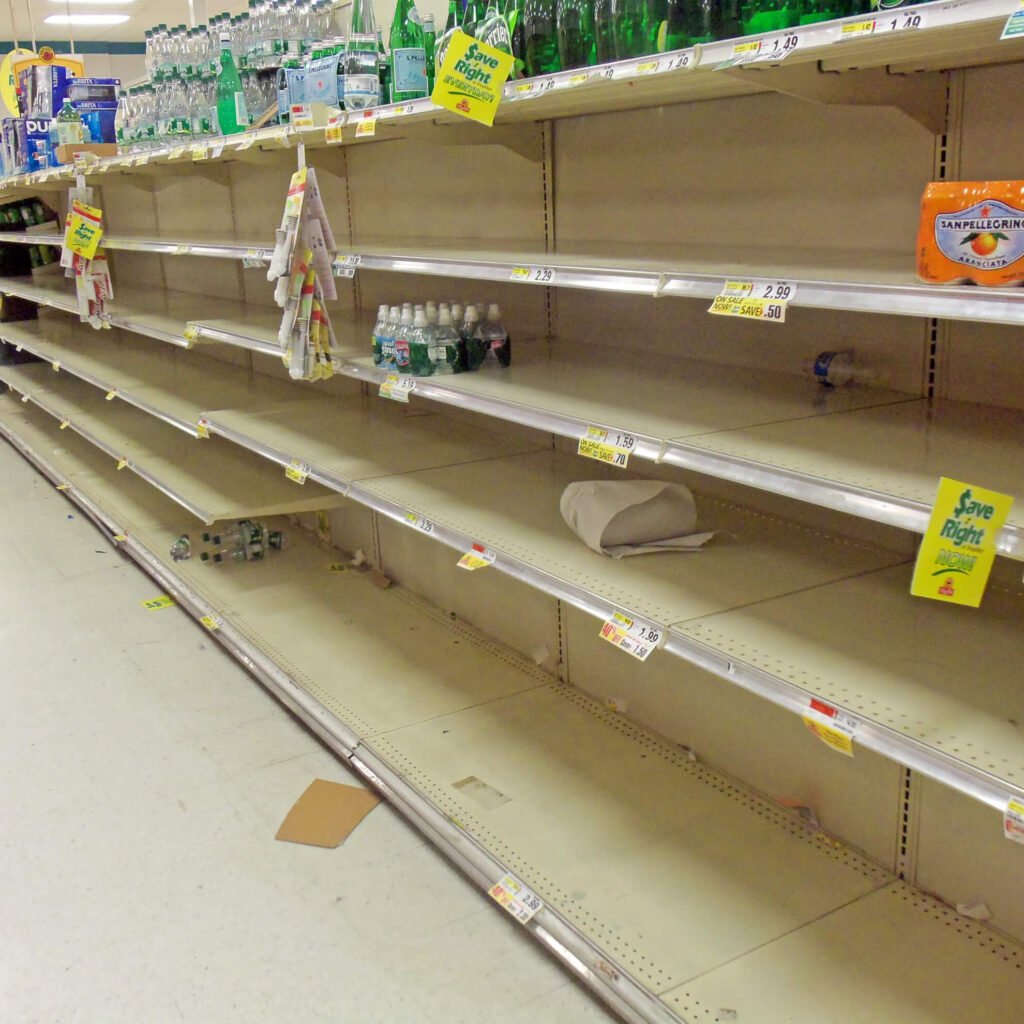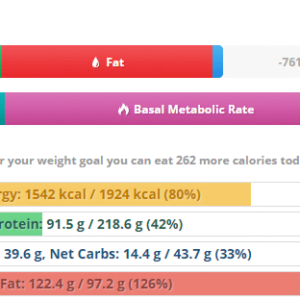Several months ago, the place that packages our samples (and puts a “best before” date on the packages) asked us to get them a report to corroborate the 2-year shelf life claim. So I did. The results came back today. It was conducted as an accelerated test with high humidity and temperature. They checked for changes in the water activity, moisture; total bacteria, yeast, and mold populations. They also did an organoleptic to check that the color, texture, odor, and taste were unaffected – as a powder and mixed with water.
The short version is: they agree that a claim of a 2-year shelf life is acceptable for the product.
So what does that mean for you? The date we have stamped on the packages should represent the date it should last until with no discernable change in taste – and it’ll likely be absolutely fine even MUCH longer than that. The packaging we are using has an extremely good oxygen barrier and likely lasts a REALLY long time before you’re going to see any degradation in the flavor or the protein. You will, however, see degradation in many of the vitamins once you get really far out past the “best by” date. If you intend to use Keto Chow for ALL of your meals for several weeks, I would not recommend using “expired” product. If you’re using it once or twice a day, you are unlikely to experience adverse effects or deficiencies.
Planning on stocking up on some non-perishable food? Along with many of the suggestions you’ll find in a recent blog post by Dr. Adam Nally, he says:
… this has been a wonderful and needed addition to our food storage. Simply adding water, avocado oil, butter or cream to the KetoChow powder creates and instant, and very healthy ketogenic meal
Apparently, you should also take up bow hunting.
Discussion: The water activities of the products are so low that they do not support the growth of microorganisms. However, the products are not sterile as some bacterial populations existed, possibly spore formers. For item 1, microbiological populations hovered around detection limits (100 CFU/g) for the course of the study with 1 container having a higher load (2,800 CFU/g on day 597). For item 2, microbiological populations mostly remained below detection limits. No yeast or molds were detected in either product. Overall, the data shows that microbiological populations are extremely low, and the products do not support the growth of microorganisms. The client states that the product should be refrigerated after mixing with water. [the testing lab] agrees with this precaution since the product would be capable of supporting microbiological growth after being added to water. Interestingly, moisture levels increased somewhat in both products [over the course of the test]. Water activity values fell slightly. There were no detectable declines of organoleptic quality observed over the course of the study. [the testing lab] feels the product remained unchanged over the course of the sutyd[sic].
*Recommended Shelf Life: Based upon the analytical and organoleptic data obtained over the course of this shelf life study, it is the opinion of [the testing lab] that a shelf life of 2 years is attainable and acceptable for the product analyzed herein.
